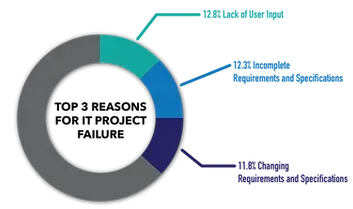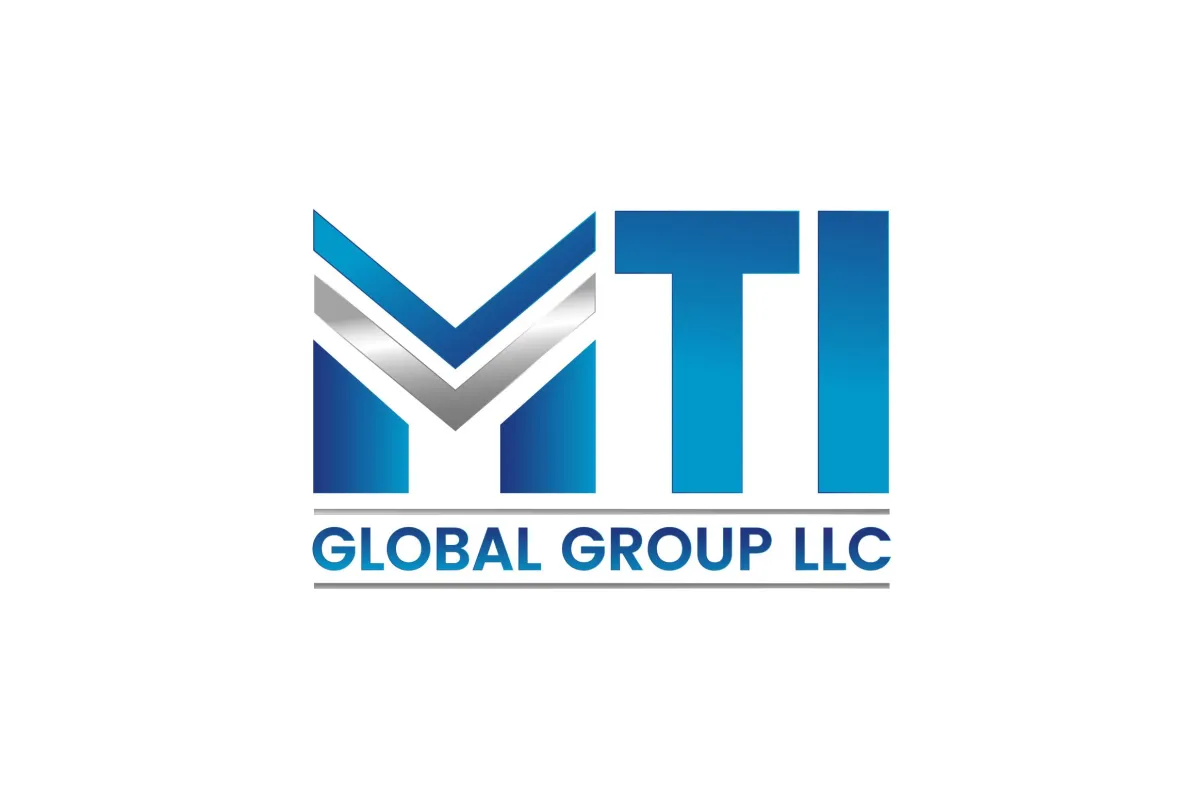Journey Mapping
Project Management
What are YOUR Clients saying about their Journey with YOUR Company?
"Amazing product, but customer service is a disaster!"
"Sales process was high-CLASS - Fulfillment was high-CRAP"
"Does these people even want to be in business anymore? This service is horrible!"
How do you know if your clients experience with your company, your teams, your processes, your products, and your services is a positive experience? or a detractor? You need a MAP!
Consultation to understand needs and desired outcomes
Establishment of ground rules for facilitation sessions
Logistical arrangement planning for sessions, both in-person and virtual
Creating a plan for the processes to review, and maps to create
Review team and group dynamics prior to engagement
Leading the teams through each session, creating a safe environment where creative thinking and problem solving is nurtured

Different outcomes require different types of facilitation sessions. MTI utilizes three (3) popular types of sessions for most engagements depending on the specific desired deliverable.
Different outcomes require different types of facilitation sessions. MTI utilizes three (3) popular types of sessions for most engagements depending on the specific desired deliverable.
Specialized Offerings:
Journey Map – Referred to as “A Day in the Life of” Journey Mapping is broken down into 5 main sections that help tell a complete story or workflow:
The Actor
Scenario & Expectations
Phases
Actions, Mindset, & Emotions
Opportunities, Insights, & Ownership
Use Case / User Story Development – Often written informally and used to provide specific details on workflow or functionality. In software development a user story is often written as “As a <type of user>, I want <some goal> so that <some reason>.” User stories and Use Cases help the reader to confirm their requirements and assist in the often-delicate translation between the business and the developers.
Requirements Gathering – There are many reasons why projects fail. The Chaos Report published by the Standish Group stated the top 3 reasons are:
Lack of User Input – 12.8%
Incomplete Requirements & Specifications – 12.3%
Changing Requirements & Specifications – 11.8%


Almost 37% of all failed IT projects have nothing to do with the technology and everything to do with ensuring those requirements are correct, understood, and agreed upon.
At MTI we are experienced Program & Project Managers who have witnessed the devastation of poor requirements gathering and tracking.
We share these lessons with our clients during requirements gathering facilitated sessions.
Almost 37% of all failed IT projects have nothing to do with the technology and everything to do with ensuring those requirements are correct, understood, and agreed upon.
At MTI we are experienced Program & Project Managers who have witnessed the devastation of poor requirements gathering and tracking.
We share these lessons with our clients during requirements gathering facilitated sessions.
